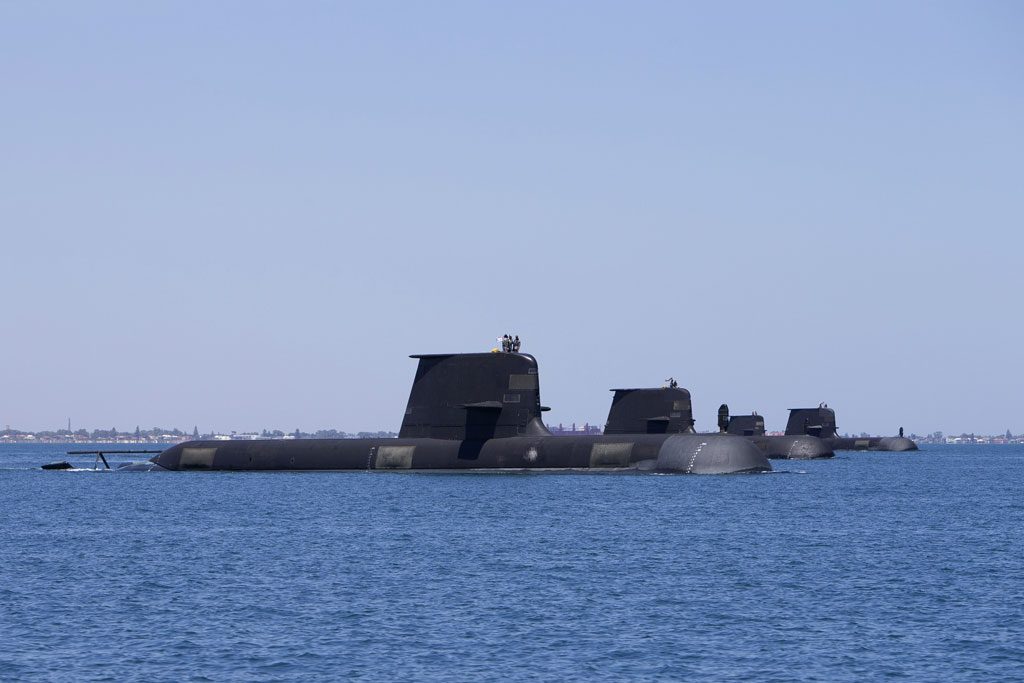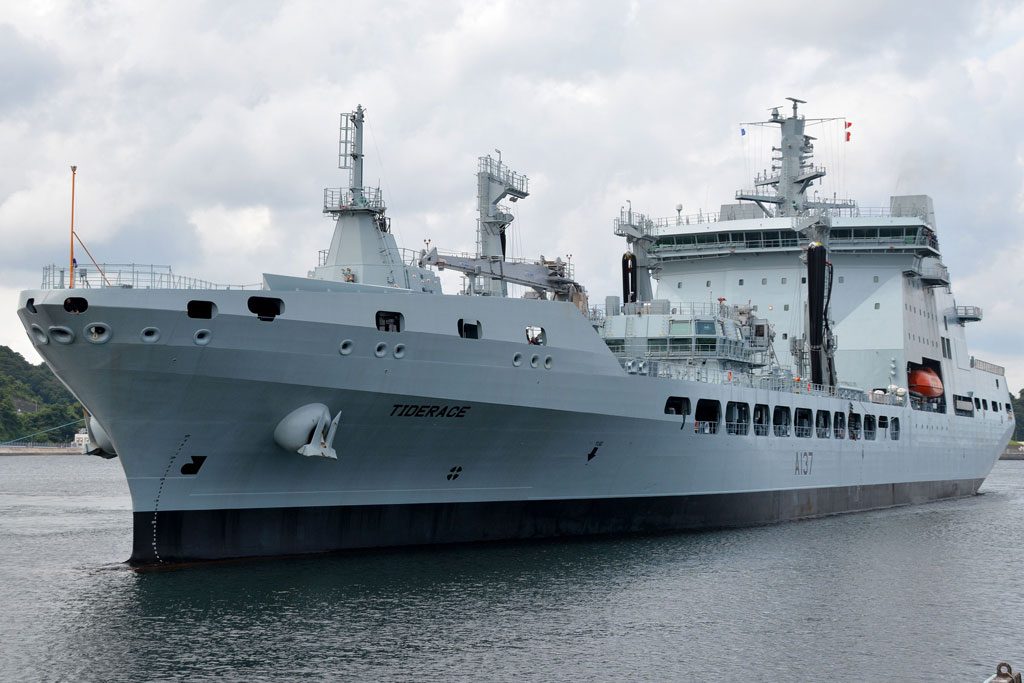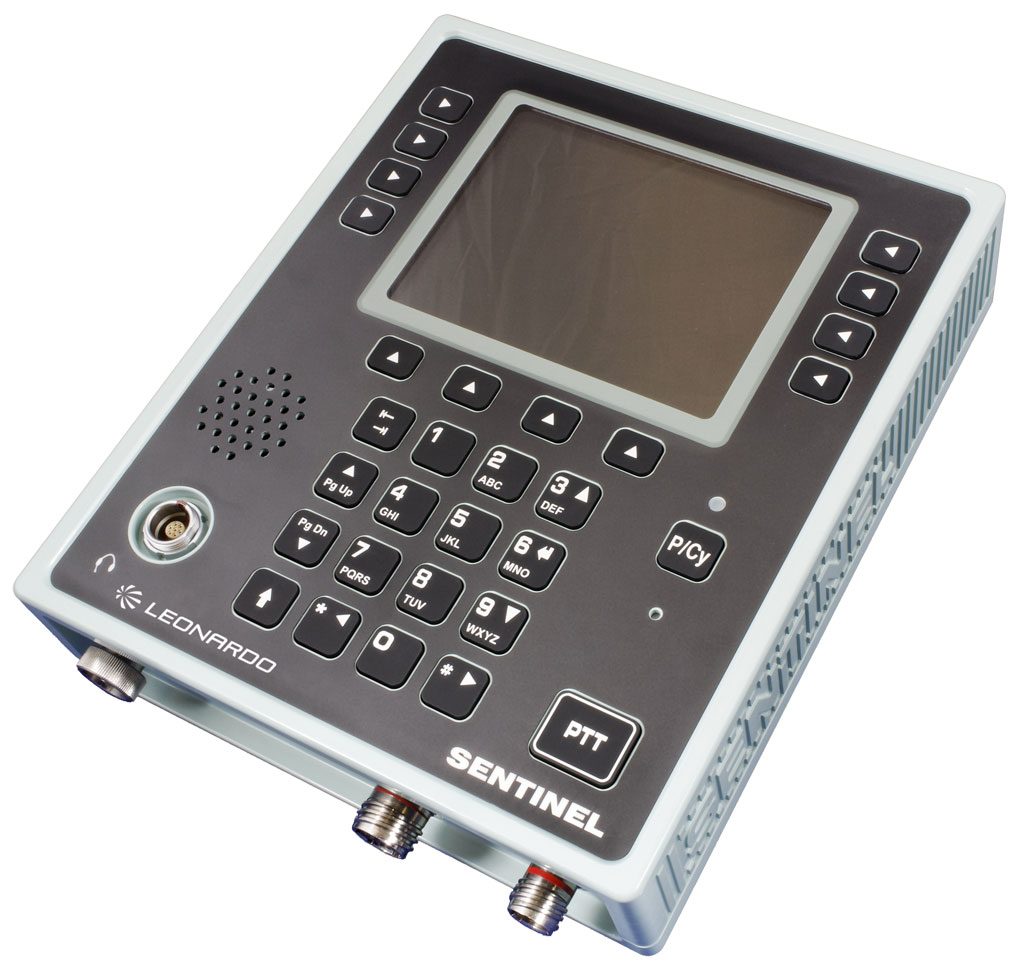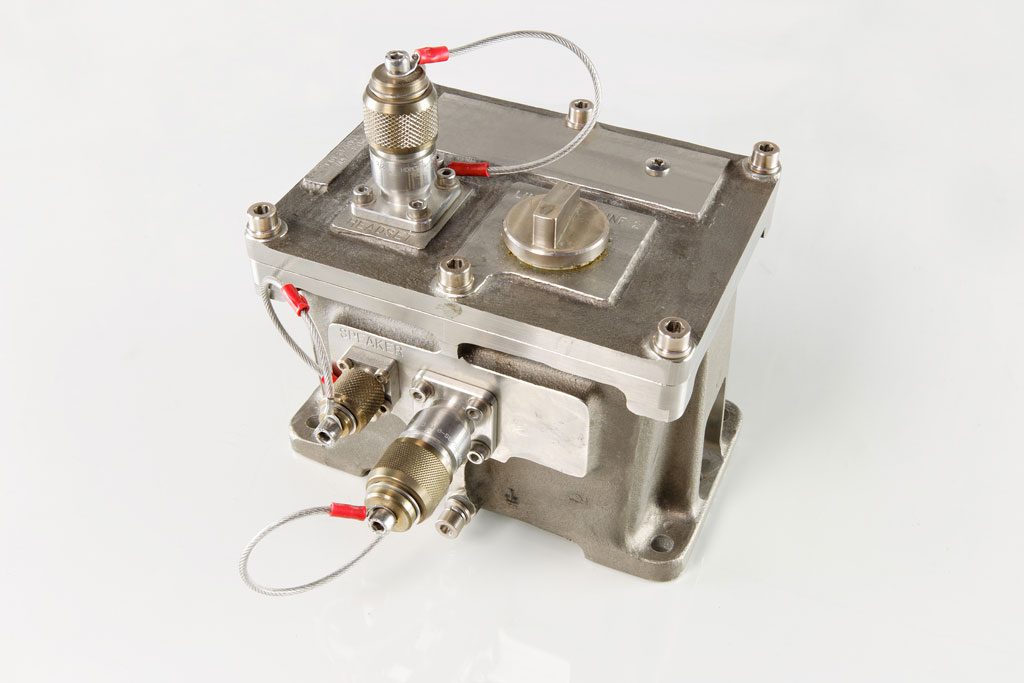
DSEI 2019: Leonardo unveils Sentinel Integrated Communications System (ICS) for submarine
During the DSEI 2019 exhibition, Leonardo has unveiled the new Sentinel Integrated Communications System (ICS) for submarine applications. “Based on the integrated communication system (ICS) which Leonardo is promoting for surface platform applications and provided as a full suite or as for specific systems to major customers, including the Royal Navy, and the growing market for the specific niche of underwater platforms, we have decided to developed a dedicated ICS, which is resilient, redundant, safe and robust enough to meet the specific environmental and operating criteria that submarines experience”, said Tony Woodruff, Sales manager at Leonardo to EDR On-Line.
“The system provides the user with a full system capability for all submarine requirements, highly robust system components internal and external to the pressure hull, multiple fall back communications to ensure continued operations in the event of damage or emergency and a proven system design based on Leonardo experience and a demanding development, testing and validation and certification process”, Woodruff continued.
This will add to the already established system integrator capability and portfolio of communication equipment for surface vessels which Leonardo has delivered to main naval forces, including the Royal Navy, having more recently provided an integrated communications suite for the Tide-class tankers currently in service with the Royal Fleet Auxiliary (RFA).

According to Leonardo, the submarine ICS provides internal tactical communications at Secret and above level for combat operations, internal voice communications for restricted and below, for administrative communications for off-ship links alongside, main broadcast and alarms to SIL 2 (Safety Integrity Level 2) level throughout the submarine and externally, a feature the Leonardo representative claims “extremely demanding to meet and almost unique on the submarine ICS market”, ship control intercom for high reliability point-to-point communications in emergencies, external communications through SATCOM, HF and V/UHF for voice and data, high fidelity formal messaging, wireless communications for roving personnel and for emergency.
“At the heart of the ICS is the Submarine Sentinel management and voice distribution system, comprising a communications management suite, conference bridge and tactical voice terminals. It manages communications and provides highly robust, secure communications system for voice traffic throughout the boat. The system hardware package is centered on a unique type of tactical voice terminal (TVT) or Outstation which is based on the experience Leonardo has developed with the surface platform’s family of system, the Sentinel external remote unit which provides above-deck on the conning tower, optional cordless headset and voice recorder subsystem if required”, Leonardo representative explained.

A key ICS element is the Sentinel ship control intercom (SCI), which provides essential point-to-point voice services on a naval platform and is used as a back-up system in case of the failure of the other key platform control position communications. “Strong power management and high environmental testing ensure the SCI remains operational even in the most severe emergency situations”, he continued.
The Outstation supports all standard voice functions, including plain/secure switching and remote channel select. It can also be integrated to non-tactical ship communications such as wire free communications and main broadcast. Leonardo can incorporate main broadcast alarms and announcement functions, providing additional locations on the platform to initiate alarms and announcements. “Leonardo is however able to offer a variety of Outstations which have been designed to meet various customers requirements, ensuring a variety of installation and mounting options. Most subsurface variants provide dual network connections, supporting an architecture which requires extra resilience. “The Sentinel product line includes an ATEX-certified (equipment and protective systems intended for use in potentially explosive atmospheres) variant for use in areas requiring intrinsically-safe equipment”, said Woodruff.
“Terminals and hardware have been tested extensively to cope with the extreme environmental conditions at which underwater platforms operate, as well as to ensure that the boat can continue to operate even when damaged. Leonardo has devoted a lot of time, funding and efforts to design, test and validate the Sentinel External Remote Unit (ERU)”, explained Woodruff.

The device is the key element for the communications among the internal of submarine and the external station on the conning tower once the boat is surfaced. “The ERU has been designed and extensively tested and tested again not only to withstand the water pressure when submerged for long periods and depth but also to be highly reliable and available when the boat resurfaces, and the handset is connected for operations”, Woodruff highlighted.
Leonardo also presents at DSEI 2019 its family of Smart Information Dissemination & Management Services (SmartIDMS) which include a naval version with underwater applications. The latter has been acquired by a “couple of customers”, including the Royal Australian Navy for its fleet of six Collins-class boats. The SmartIDMS software application is a high-performance bearer-agnostic Information Management (IM) tool that allows crews to upload and download data “in a sophisticated, managed way”, when the submarine connects to a network. According to Leonardo, SmartIDMS provides significant improvements in the capabilities of any communications network. The most obvious for submarines, the company stated, are the effective management of information dissemination and bandwidth optimization, resulting in typical time and cost savings of more than 80 per cent.
Photos courtesy Australian Navy, Royal Navy and Leonardo
